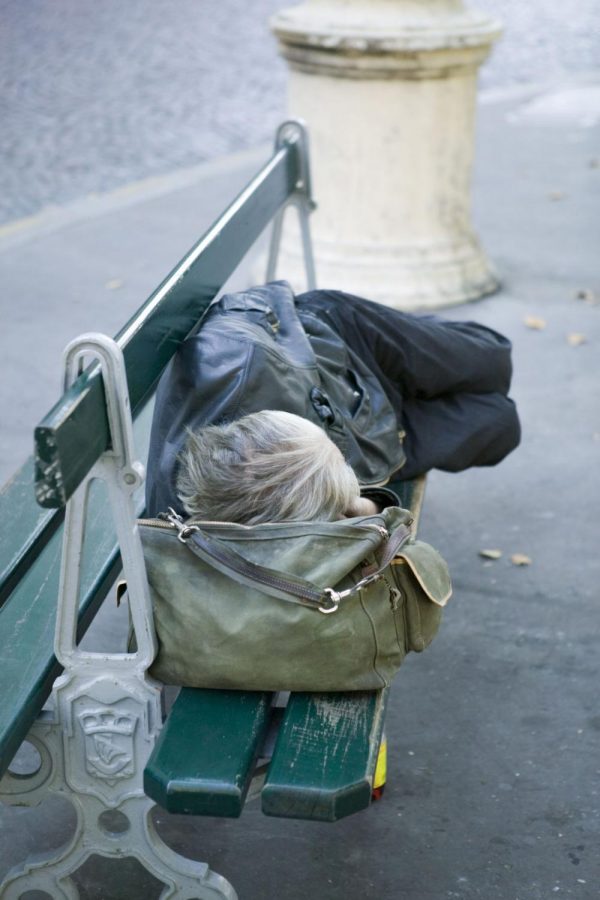Homelessness up for NIU students
November 23, 2015
More NIU students have been identified as homeless this year than in any years prior, according to an NIU official.
Six NIU students were recognized as homeless, by the office of the Ombudsperson. They were directed to Student Affairs and Enrollment Management, which informed the students of options such as the NIU Food Pantry, temporary housing and local agencies that provide resources and emergency financial assistance packages, said Michael Stang, assistant vice president of Student Affairs.
“We know that each of the semesters we start with, maybe what I call severely needy, in terms of needing resources to manage their day to day functions in addition to managing their schoolwork and the cost of their schoolwork,” Stang said. “Their challenge is to just meet their daily needs.”
These students are identified in a variety of different ways on campus, including through the Bursar’s office, outreach initiatives, academic advisers and other students, Stang said. More and more needy students have reached out to the office of the Ombudsperson in hopes of receiving help and counseling, especially during the period before the opening of the residence halls, which house more than 4,500 students, in the fall, said Ombudsperson Sarah Klaper.
Transitional housing is available to students during winter and summer breaks, as well as all year around at Northern View Community, said Patricia Martinez, executive director of Housing and Dining.
“Some students are homeless in the sense that they are sleeping in a tent outside of someplace,” Stang said. “Some students are homeless because they have become disconnected from their families, … and some students are in a difficult situation where they cannot pay their bills and they are evicted.”
The Free Application for Federal Student Aid estimates there are 58,000 homeless students on campuses nationwide.
In 2014, Illinois had 3,334 homeless students, the third highest in the nation, according to the National Association of Student Financial Aid Administrators.







